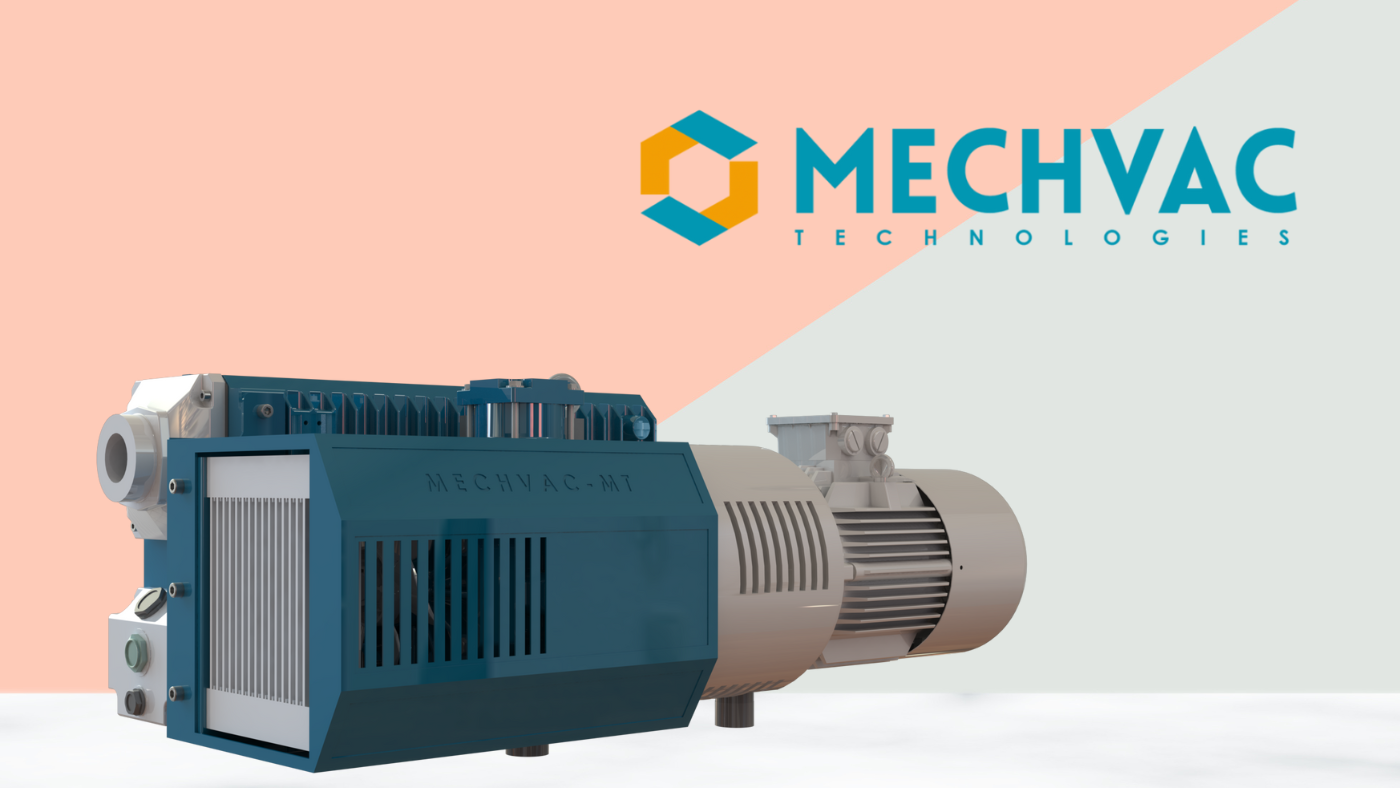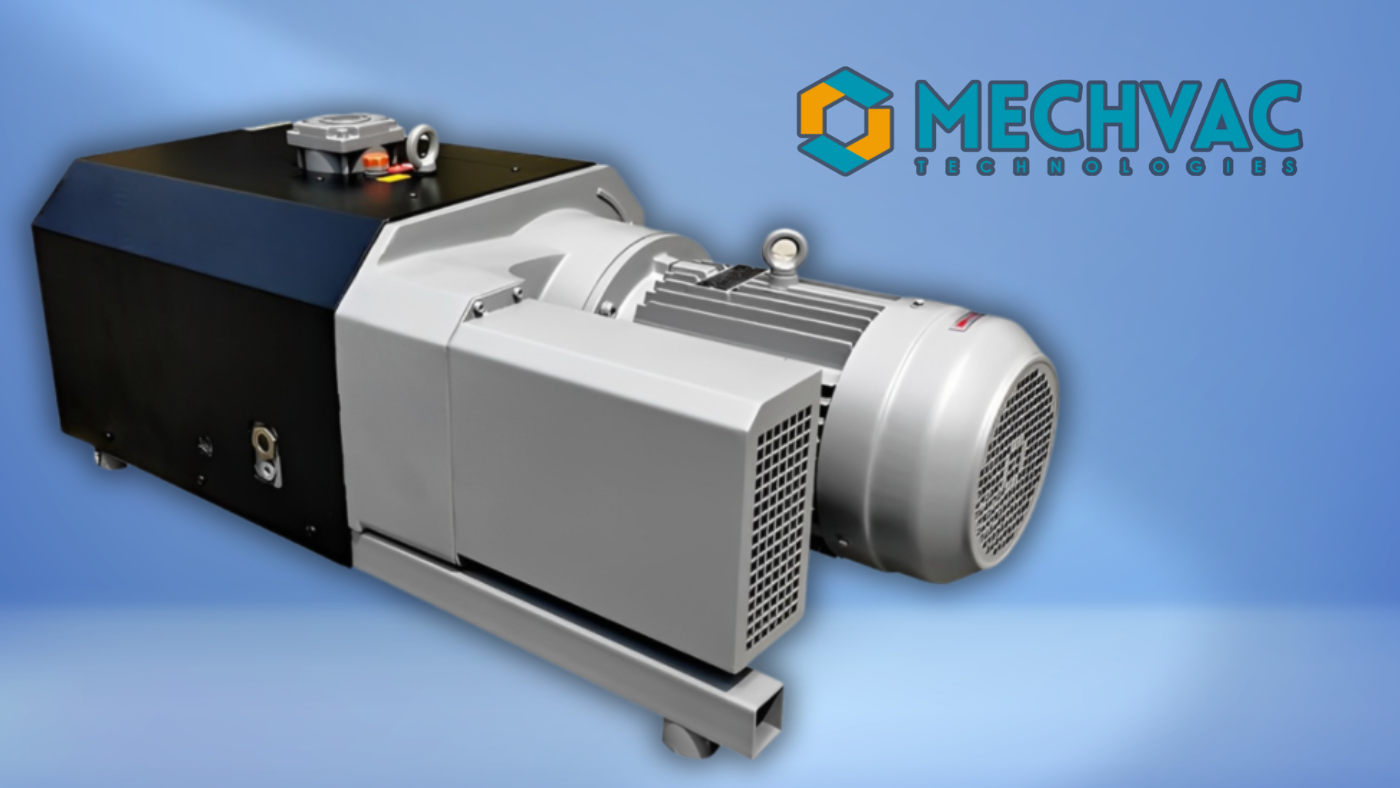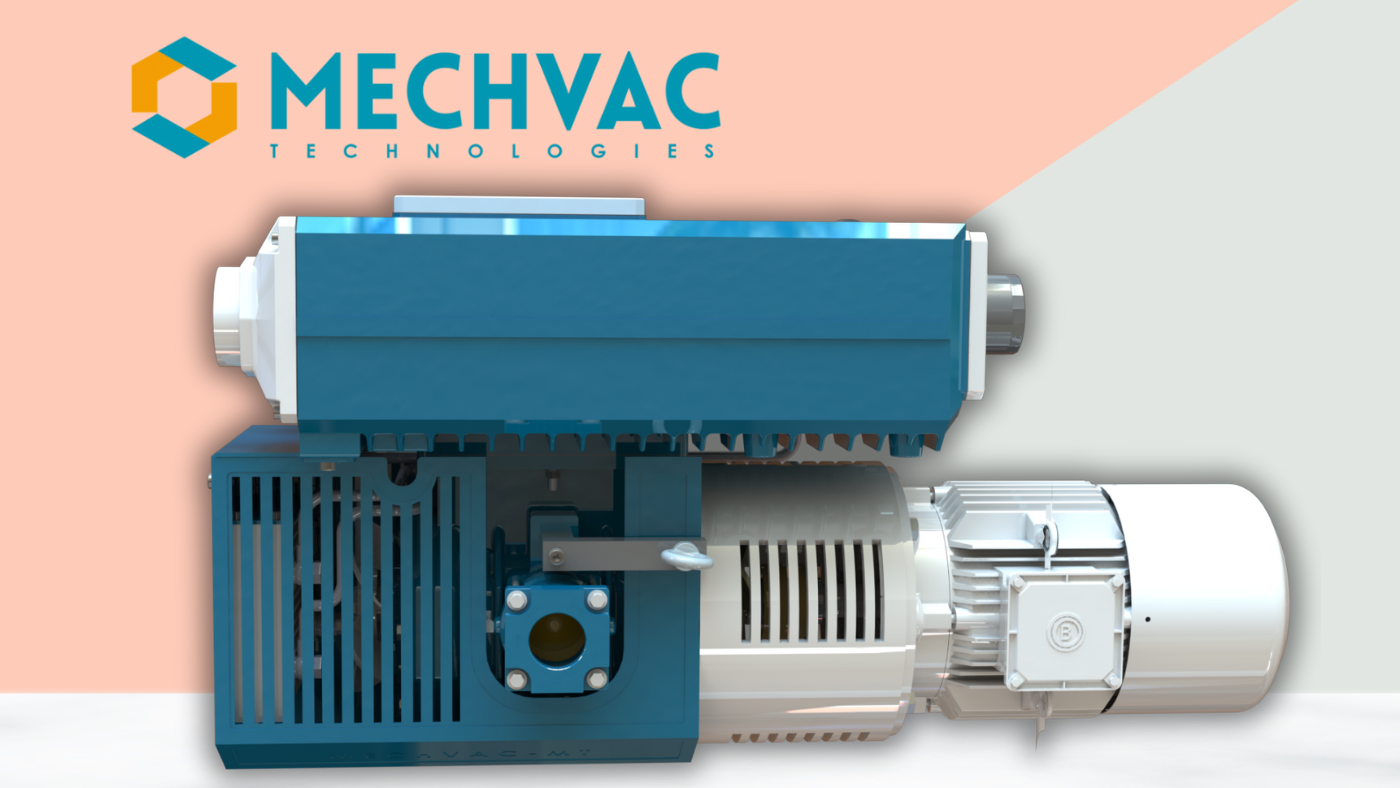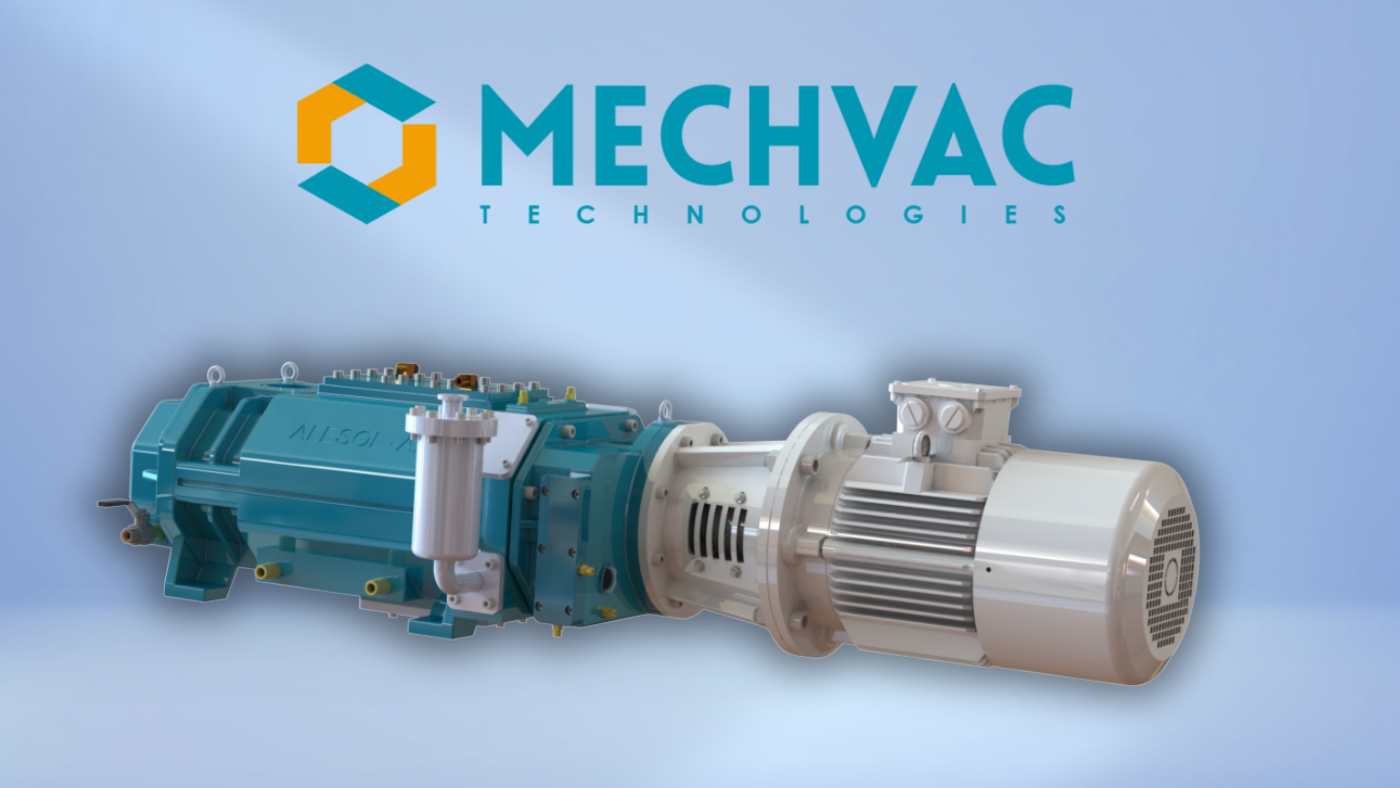Vacuum pumps are amazing tools that play a big role in many industries. They help with tasks like packaging food, bottling drinks, drying materials, and even lifting objects.
These pumps remove air from a sealed space to create a vacuum, which is an area with very little air or gas. There are different types of vacuum pumps, and each one works best for certain jobs.
In this blog, we’ll break it all down in simple English so you can figure out which pump might suit your needs.
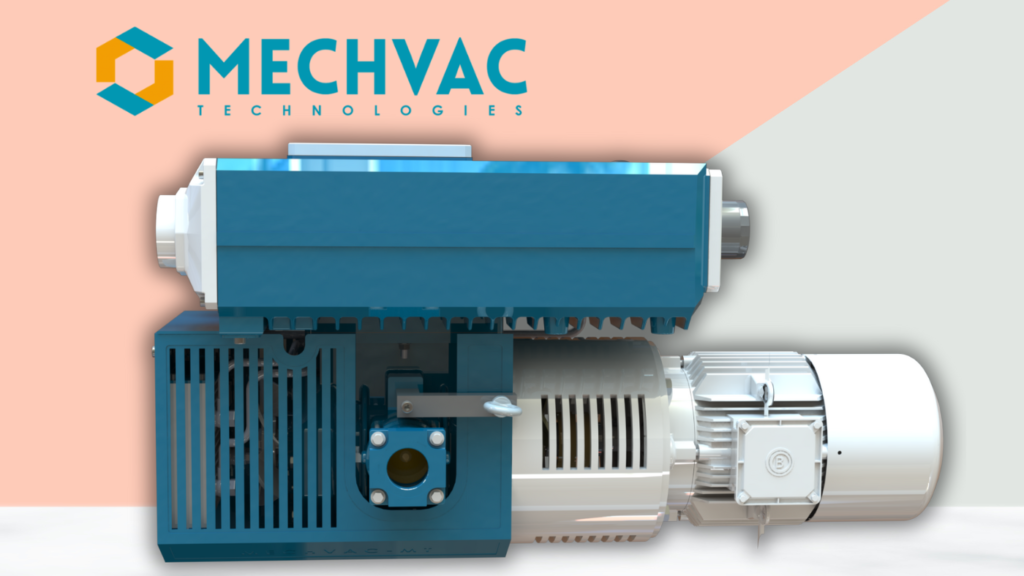
What Is a Vacuum Pump?
A vacuum pump is a machine that takes air or gas out of a closed space, like a container or a chamber. This lowers the pressure inside, creating a vacuum.
Vacuums are useful for lots of things, from making products to running experiments. The less air that’s left, the harder it is to remove more, so different pumps are made for different levels of vacuum.
How Do Vacuum Pumps Work?
All vacuum pumps do the same basic job: they get rid of air or gas from a space. There are two main ways they do this:
- Moving Gas Out: Some pumps push the air or gas out of the space.
- Trapping Gas: Other pumps catch the gas inside themselves.
It’s pretty simple when you think about it—just clearing out the air to make a vacuum!
Vacuum Levels Explained
Vacuum pumps work at different pressure levels, depending on how much air needs to be removed. Here’s a quick look at the main levels:
- Rough Vacuum: Just a little less air than normal. Think 760 to 0.75 Torr.
- Fine Vacuum: A lot less air, good for more detailed work. Around 0.75 to 0.00075 Torr.
- High Vacuum: Very little air left, used for advanced stuff. From 0.00075 to 0.00000075 Torr.
- Ultra-High Vacuum: Almost no air at all, often for science labs. Between 0.00000075 to 0.00000000075 Torr.
- Extreme High Vacuum: The least air possible for super-special projects. Less than 0.00000000075 Torr.
Each level needs a specific type of pump to get the job done.
Types of Vacuum Pumps
There are two big groups of vacuum pumps. Let’s check them out:
1. Gas Transfer Pumps
These pumps move gas out of the space. They come in two styles:
- Kinetic Pumps: These use fast-moving parts or vapor to push gas out. They’re great for strong vacuums but don’t seal everything tight.
- Positive Displacement Pumps: These trap gas in a small space and squeeze it out. They work well for lower vacuums and can team up with other pumps for better results.
2. Entrapment Pumps
These pumps grab gas and hold it inside. They’re slower but can make super-high vacuums, down to almost no air at all. They’re often used with other pumps to get the best vacuum possible.
Wet Pumps vs. Dry Pumps
Vacuum pumps can also be split into wet or dry types:
- Wet Pumps: These use oil or water to keep things running smoothly. The downside? The gas might get dirty from the liquid.
- Dry Pumps: These don’t use any liquid where the gas flows, so the gas stays clean. They’re also kinder to the planet since there’s no oil to throw away.
Popular Types of Vacuum Pumps
Here are some common vacuum pumps you might come across:
1. Centrifugal Pumps
These spin fast to move liquids by boosting pressure. They’re perfect for shifting fluids around.
2. Liquid Ring Pumps
These use a ring of liquid to seal the pump. They’re low-friction and great for things like food processing or chemical work.
3. Rotary Claw Pumps
These have two rotors that spin without touching. They squeeze gas to make a vacuum, ideal for packaging or moving materials.
4. Rotary Screw Pumps
These use two screws to compress gas. They’re efficient and often cooled with water, making them good for steady jobs like medicine production.
5. Side Channel Blowers
These have a spinning part that moves gas and builds pressure. They’re simple and reliable for tasks like lifting or aerating.
Picking the Right Pump
So, how do you choose? Ask yourself:
- How strong a vacuum do I need? Higher vacuums need special pumps.
- Does the gas need to stay clean? Dry pumps are best for that.
- How fast do I need it? Some pumps work quicker than others.
- What about upkeep? Dry pumps might save you hassle.
For example, if you’re packaging snacks, a positive displacement pump might do the trick. For super-clean research, try an entrapment pump.
Conclusion
Vacuum pumps are key players in many industries, and knowing your options makes all the difference. Whether it’s a rough vacuum for simple tasks or an ultra-high one for cutting-edge work, there’s a pump out there for you.
Want to learn more or find the perfect pump? Check out Mechvac Technologies. We are experts in vacuum solutions and can help you get started on our website!

